…Well he may have dreamt of being the next Paul Pope or Daniel Clowes, but our fragile, chain-smoking farm boy was still attending film school and growing increasingly disenchanted with his prospects…
So how did I get to Toronto from the farm and how did I start making comics? I grew up in Woodslee, Ontario, Canada. A tiny village that was really just a collection of farms and endless dirt roads. In a future chapter I’ll likely jump back to my childhood in more detail, but what’s important to know here is that I grew up on farm, has no interest in farming or working in an auto-factory or tool and die shop in Windsor, and only wanted to tell stories and draw and get away. As I finished high school in 1995 I saw my window to escape via going away to University, and I took it. After a frustrating year in the Fine Arts program at the University of Guelph, I followed one of my best friends to Toronto where I switched to the film Studies program at Ryerson University.
Going from the rural roads of Woodslee to the heart of downtown Toronto completely blew my mind. The city was everything I’d dreamed of. It was intense and dirty and loud and filled with every sort of person imaginable. I really fell into it and embraced my newfound freedom. The early years in Film School were amazing. I’d always loved movies and, not really seeing any clear path to making comics, saw film as a possible way to tell stories and be an artist. I instantly gravitated towards cinematography. Back in those days of the mid-late 90’s we were still being taught with actual film cameras and not digital. It was a great way to learn how to light and shoot and compose images, and I really think this early experimentation with film and cinematography built a foundation and visual language for me that I brought into comics later. In addition to making my own short films I was often recruited by my fellow students to act as the camera operator and cinematographer on their projects.
As fun and exciting as it was to be in the city and living free and making short films with all my new friends, these early days were also really difficult for me. I’ve barely spoken about this, but the truth is I was struggling with pretty serious anxiety and depression as well. As you will read in subsequent entries to this newsletter, this would be a part of my life that would continue to impact me for years to come, but at the time I was too young and too caught up in everything to really see it clearly for what it was. It’s much easier to speak about issues around mental health today in 2021, but not so much in 1995. So, this time was really a rollercoaster of super exciting things like making art, and making all sorts of new friends, dating new people etc. but also walking around super depressed, or on many days, being so depressed and/or too hungover to get out of bed. My hope is that by sharing this part of my life, maybe some of you out there who also struggle with mental health issues can see a path out too. Okay…so back to the story in progress…
Where were we? The mid-late 90’s…Radiohead, The Verve, Massive Attack…and me in film school. But filmmaking, friends and booze were not all I got up to in those early days in Toronto…I also discovered THE BEGUILING.
The Beguiling is, and has been, one of the very best comic book stores in the world for a long time. I realize I haven’t even really spoke of comics at all yet, which is weird because they were such a MASSIVE part pf my life. Growing up they were my only escape. I lived and breathed comics and devoured anything I could get my hands on, especially anything DC and, from about 1992 on when super heroes stopped being as important, all the early Vertigo comics like Hellblazer, Sandman etc. When I say I lived and breathed comics, I mean that. Comics were my only escape. Comics were my best friend. Comics were my window into art and the wider world. They were everything to me.
When I went to Toronto and got into film I sort of left comics behind for a couple years. I was more into Wim Wenders and Terrance Mallick and David Lynch than George Perez or Alan Davis. But somewhere in here I started going to The Beguiling and some of the other great comic shops in Toronto and fell back in love with the Vertigo stuff, especially Dave McKean’s work as well as more independent stuff like Dan Clowes and Charles Burns and Canadian cartoonists like Seth and Chester Brown.
This is when I started drawing again too. I started keeping sketchbooks. I really wish I had more of these early sketchbooks, but many were lost over the years. The work in them was REALLY crude and rough. It was also exceedingly dark. I can see now that these scribbles were an outlet to how I was feeling. My depression and anxiety are all over these pages and I was clearly venting with each line (probably still am). I don’t think I was really planning on making comics yet. These early drawings were often used as preliminary ideas for films I dreamed of making or for paintings I wanted to do. Any chance I had to work drawing and painting into my film assignments I would. I did a lot of painting when I was in school. I remember pulling a lot of all-nighters chain smoking, listening to music and painting huge canvases with characters that were influenced by the painted covers Dave McKean and Duncan Fegredo were doing at Vertigo (wish I still had some of these!!!).
As I entered my fourth and final year of the film program I had totally fallen in love with drawing and comics again. I liked film, but it was so expensive to produce and required so many people collaborating. I really started to enjoy the intimate act of drawing and creating by myself. Being able to follow intuition and instinct without having to stop to try and communicate things to other people. Comics seemed so much more immediate and personal. And again, I just really loved the act of drawing itself. Around this time I also needed to get a job to help pay for rent etc. as the money I had saved up by working in my Dad’s Tool and Die shop in the summers was running out. My best friend and my ex-girlfriend at the time had both gotten jobs as waiters at a 24-hour restaurant just off Yonge Street called 7 West. They got me in as a dishwasher. Since it was a 24-hour place, I often had to work from midnight to six in the morning. Then I would sleep all day and miss all my classes at film school.
What free time I did have was spent drawing in my sketchbooks. And the work started to take more focus now. I had developed a character called Norton Sinclair for one of my short films at school. Norton was this paranoid young man who was convinced he had found some secret conspiracy in the city’s trash. He collected and catalogued garbage in his apartment/laboratory. Fourteen years later this character and concept would become the star of Gideon Falls but in these early days he was something different. His story and the story of another character I called Fred, started to take shape in my sketchbooks and I started to plan my first comic. I pretty much gave up on film. I barely went to my classes anymore. All I did was work at the restaurant and draw in my sketchbooks and I decided then that when school ended I wanted to pursue a life making comics and being a cartoonist.
I did make one last film before finishing school and it is important for a few reasons. First of all it was set in Essex County, on my parents farm, which would obviously be a precursor in many ways to my Essex County graphic novels. The story was sort of a Frankenstein riff. A lonely old farmer had lost his son and wife and now he spent all his time in his barn, which he converted into a mad-scientist lab trying to “regrow” his son in his fields and crops. He ended up creating these monstrous little babies. This final film titled “FARMER HENRY,” was shot in 1999 with the help of all my film school friends who all drove four hours from Toronto and stayed on my parent’s farm for a week and a half. But this film was not just significant because it echoed some of my later comics work, it was also how I met my wife to be, Lesley-Anne.
My roommate at the time had an ex-girlfriend who studied ceramics at Sheridan College near Toronto, and had since moved into clay sculpture, creating these wonderfully strange figurative sculptures. When I needed someone to create the monster-baby puppets for the film he connected me with Lesley-Anne and we pretty much immediately fell in love. She made these incredible latex puppets for the film and we started seeing each other and never really stopped.
I finished Ryerson Film School in 2000 and moved into an apartment with Lesley-Anne. I kept working at the restaurant and by then had moved from washing dishes to being a cook. I’d work nights, then wake up early and draw all day. Lesley-Anne and I both set up work stations in the small apartment and would often work side-by-side. I’d draw and she would sculpt. She also used to fire her clay in a kiln hooked up to our stove outlet. The fumes from firing the clay was likely toxic, but we were young and invincible, so fuck it.
The comic I worked on then was still the story of Norton and Fred, which I had given the rather redundant title of “Soft Malleable Underbelly”. You know Norton’s story, but Fred was the other protagonist. He was a middle-aged guy who worked in a factory and was haunted by the loss of his son (a theme that would echo in later work like Mazebook). Fred’s guilt was embodied by creepy agents in dark suits and also by the fact that his body was literally starting to rot away. He and Norton’s paths were destined to cross, but I never quite made it that far.
Back then I didn’t know anyone else who made comics. I was totally on my own in trying to figure out what kind of paper, pens, ink etc. to use. The first draft of this comic was drawn completely with ballpoint pen. It took me a while to incorporate using ink, nibs and brushes. Yes you read that right, the first version of SMU was drawn totally in ballpoint pen. And this is why I jumped to playing with crow quill nibs and brushes.
There was no internet yet to research these things or a way to connect with other creators. I had to figure all of this out by myself by pouring over Frank Miller and Paul Pope’s works in hope that I could figure out what sort of tools they were using. I also didn’t really have any formal art training. I had an amazing high school art teacher named Marcel Beharry who taught me a lot. And, as I mentioned, I did do one year of art school before Ryerson, but my technical training was severely limited. So, I was really teaching myself how to draw as I did pages of this grand 300-page epic Soft Malleable Underbelly.
The problems I had with this project are now obvious in hindsight. Since I was still learning so much, so quickly, I should have focused on shorter, easier to finish comics where I could experiment with different styles. Instead, this story was meant to be huge, 300-page opus. So, I kept getting 100 pages into the thing, and my drawing style would have changed so much from the earlier pages I would need to start over and try again to make it consistent. I think I did this about three times before realizing I was chasing my own tail.
My depression had jumped to new levels now too. You can see it in the work, Soft Melleable Underbelly. It was dark. I mean it’s a story about a guy literally rotting away. I would say in these years between 1999 and 2003 my depression was so crippling that most of the week I had to write off as a loss. I just remember being really angry all the time and so sad and upset about everything.
You can see it in the pages and the sketchbooks. Everything is drawn in chunky thick black lines. The inks are angry and dark. My thoughts would start spiralling in the morning and it would just grow and grow throughout the day until I was in a cloud of anger and sadness. Looking back on these years now it’s, honestly, truly painful. I wish I could go back and give my younger self a hug and show him how everything would work out. But I guess I had to go through that journey to get here.
Things changed when I switched to a new restaurant called Utopia Café in Little Italy doing kitchen prep. The good part was I didn’t have to work any set hours. I would start really early and could go home as soon as I got all the restaurant’s prep for the day done. What this translated to was I being a really bad prep cook because I would race to finish my work, taking any shortcuts I could, just so I could get home and draw comics sooner. I can’t believe I didn’t get fired to be honest. But all I wanted to do was make comics. This also meant that Lesley-Anne and I were really poor because I would work as few hours as I could. And she was working in a book store as a cashier, so together we were barely making rent each month.
This lifestyle basically spanned from 2000-2003. In that time I drew three different incomplete versions of Soft Malleable Underbelly before abandoning it.
Three big things happened in 2003 that would change my direction in life and in work…
First, I quit Utopia Café and started working at a restaurant on Queen St. West called La Hacienda (or LaHa as the employees called it). LaHa was started in the late 80’s by a bunch of punk rockers who were all in local bands. It was a cheap place to get beer and burritos before going out to play music. Many of the same ex-punks who started LaHa still ran the place and their “fuck you” abrasive style trickled down to the staff and the attitude of the place. I fit in really well.
I started working in the kitchen there in 2001 and would continue to do so until I finally got my first paying comics work at Vertigo in 2008. The culture and lifestyle of LaHa really shaped me during the next period of my career and I’ll get more into that next time. But another key development that I need to speak about now was meeting a local musician named Andre Ethier. Andre had worked as a dishwasher at Utopia Café and we hit it off before I left for LaHa. He was the lead singer in a now legendary Toronto band from the early 2000’s called The Deadly Snakes. Andre was also a visual artist and painter and he had a small studio space that he rented in Toronto’s Kensington Market. His studio-mate had left and he was looking for someone to share the rent with, so I moved my home studio and started working there in 2003 or so. I think we each paid $100 bucks a month for the place. Hard to imagine now. Andre would paint at night and I would draw, always pretty hungover, in those days. So I had the studio to myself. I’d bike there in the mornings, work for five or six hours on my comics and then bike to LaHa for my night shift in the busy kitchen.
It was here in that tiny studio above a Cuban café that blasted jazz music all day that I finally stopped trying to finish the ill-fated 300-page Soft Malleable Underbelly and shifted my focus to doing short stories with the goal of self-publishing an anthology of short comics. This would happen in 2003 when I published three hundred copies of my first mini-comic/zine called ASHTRAY. And this is also where the next chapter of my career as a comics creator would begin. So, let’s stop here. And next time we pick things up with the creation of Ashtray and Lost Dogs and getting back into playing hockey with my restaurant friends, which, of course would lead to Essex County.
See you in a couple of weeks for From The Vault #2: Ashtray and Lost Dogs 2004-2005. -Jeff

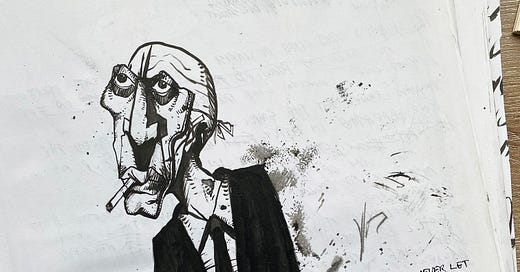





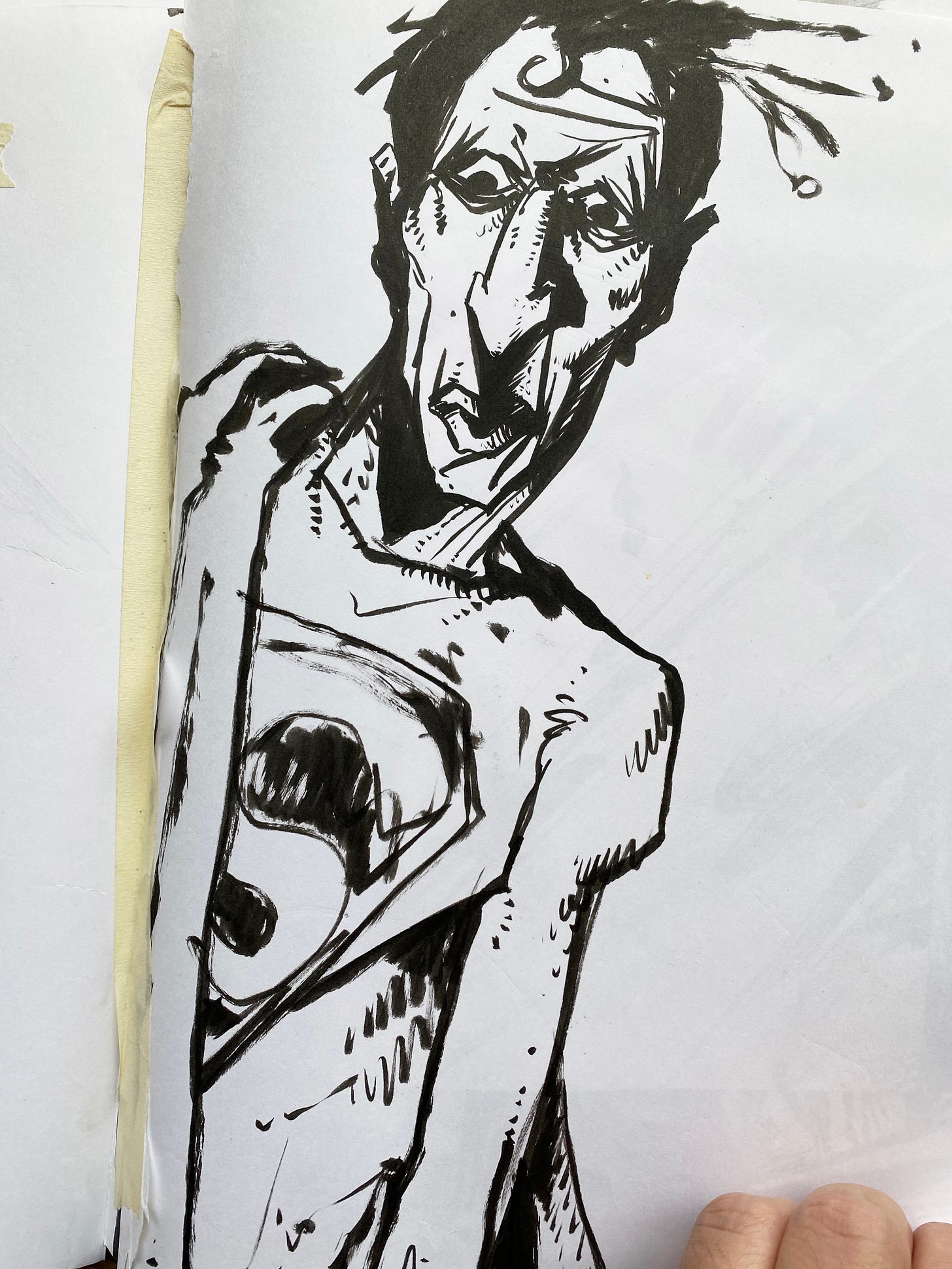





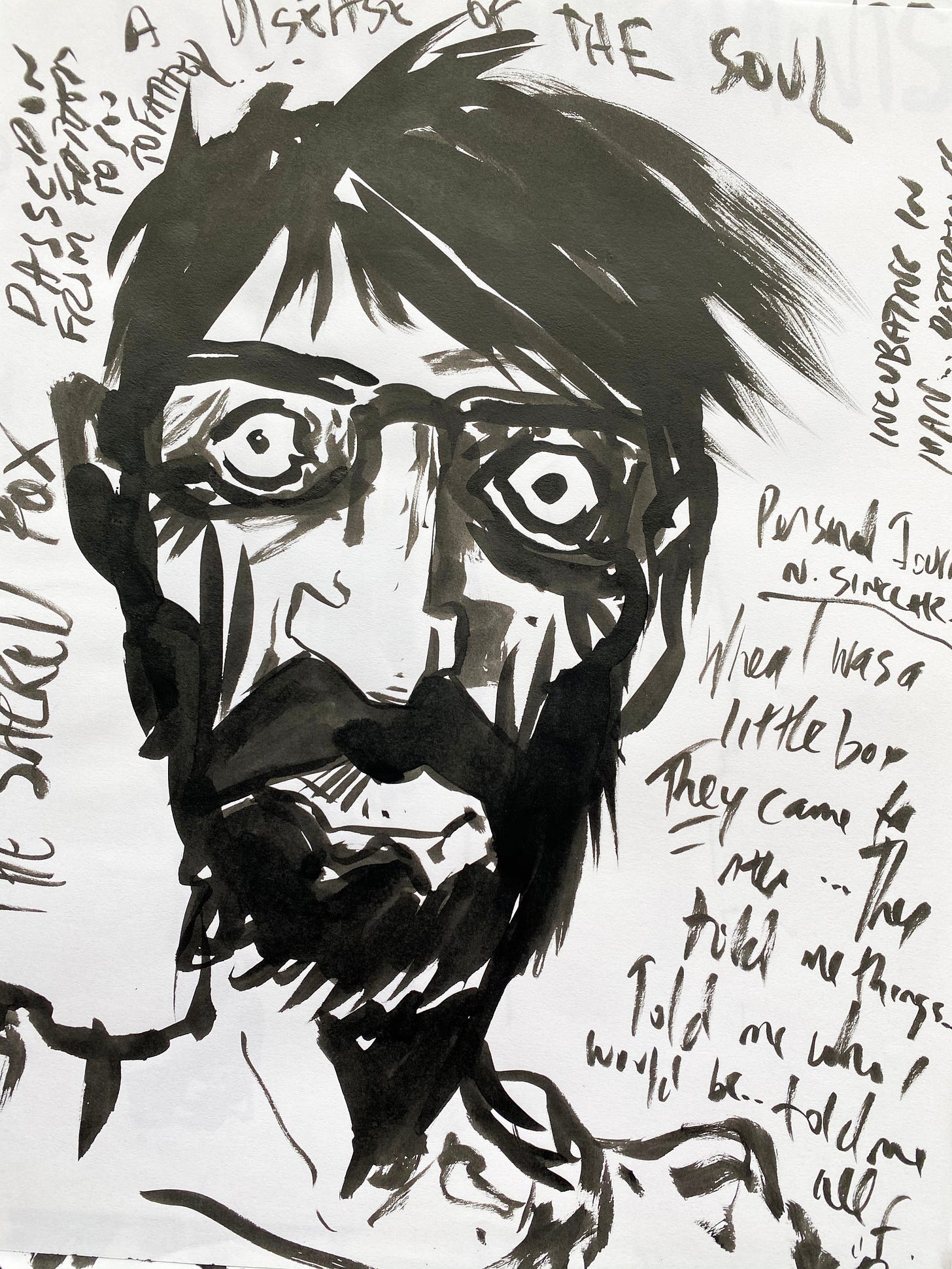
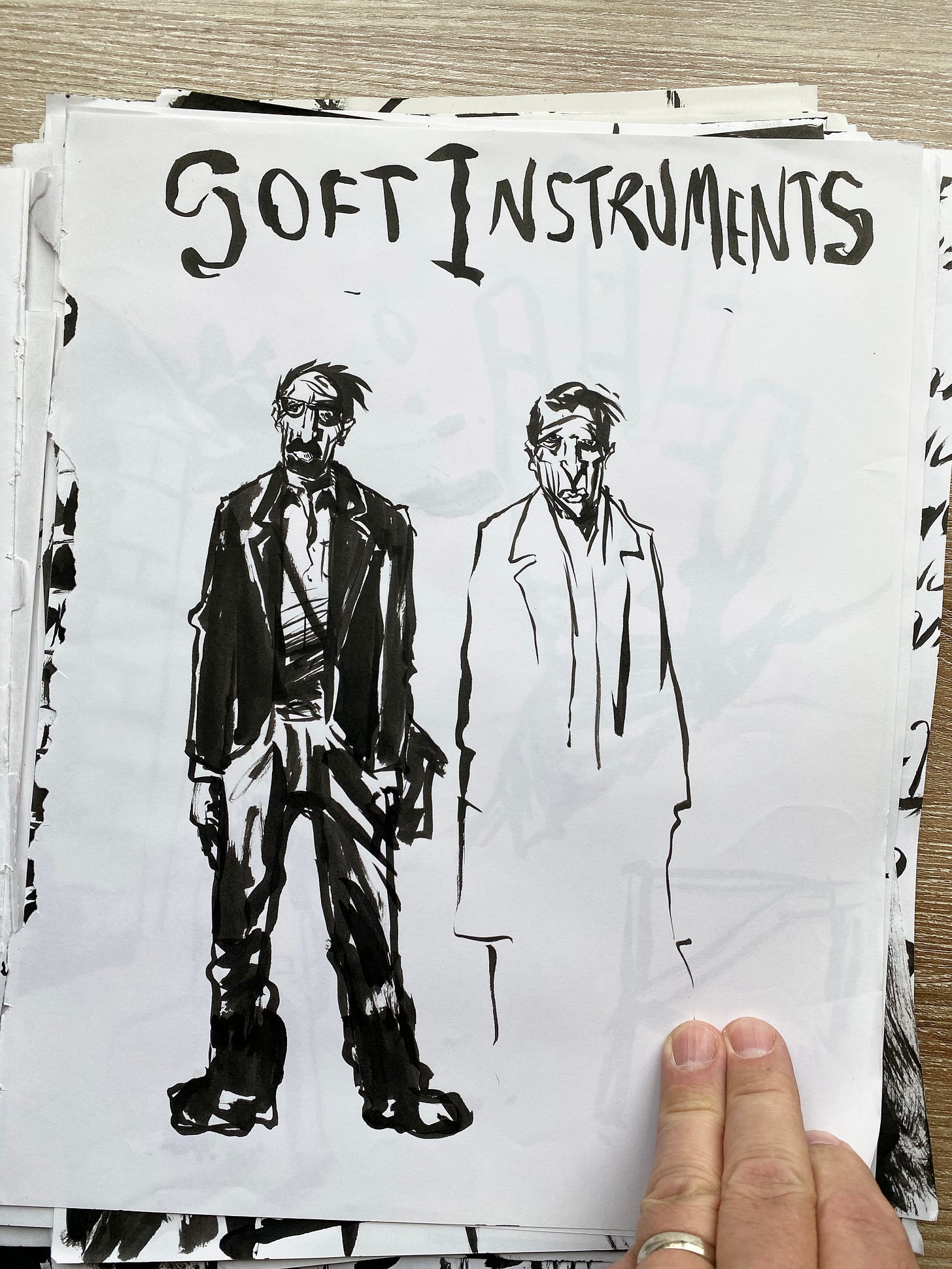



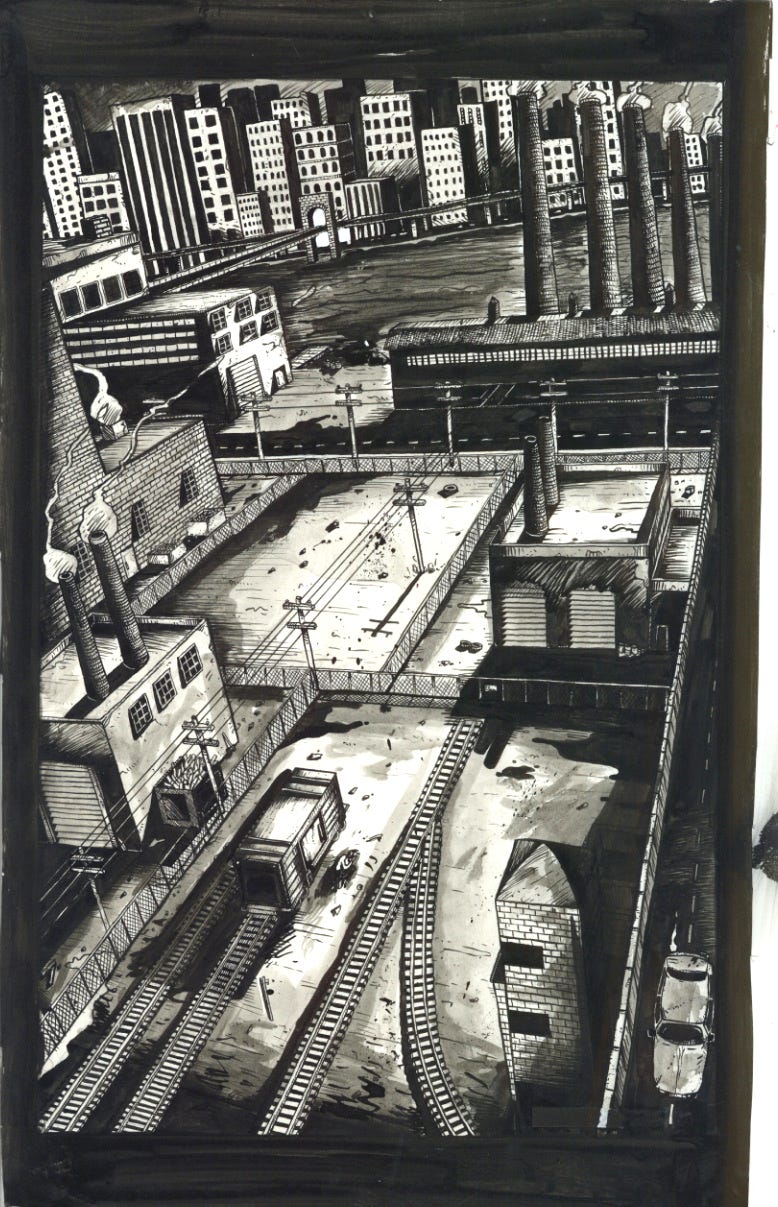

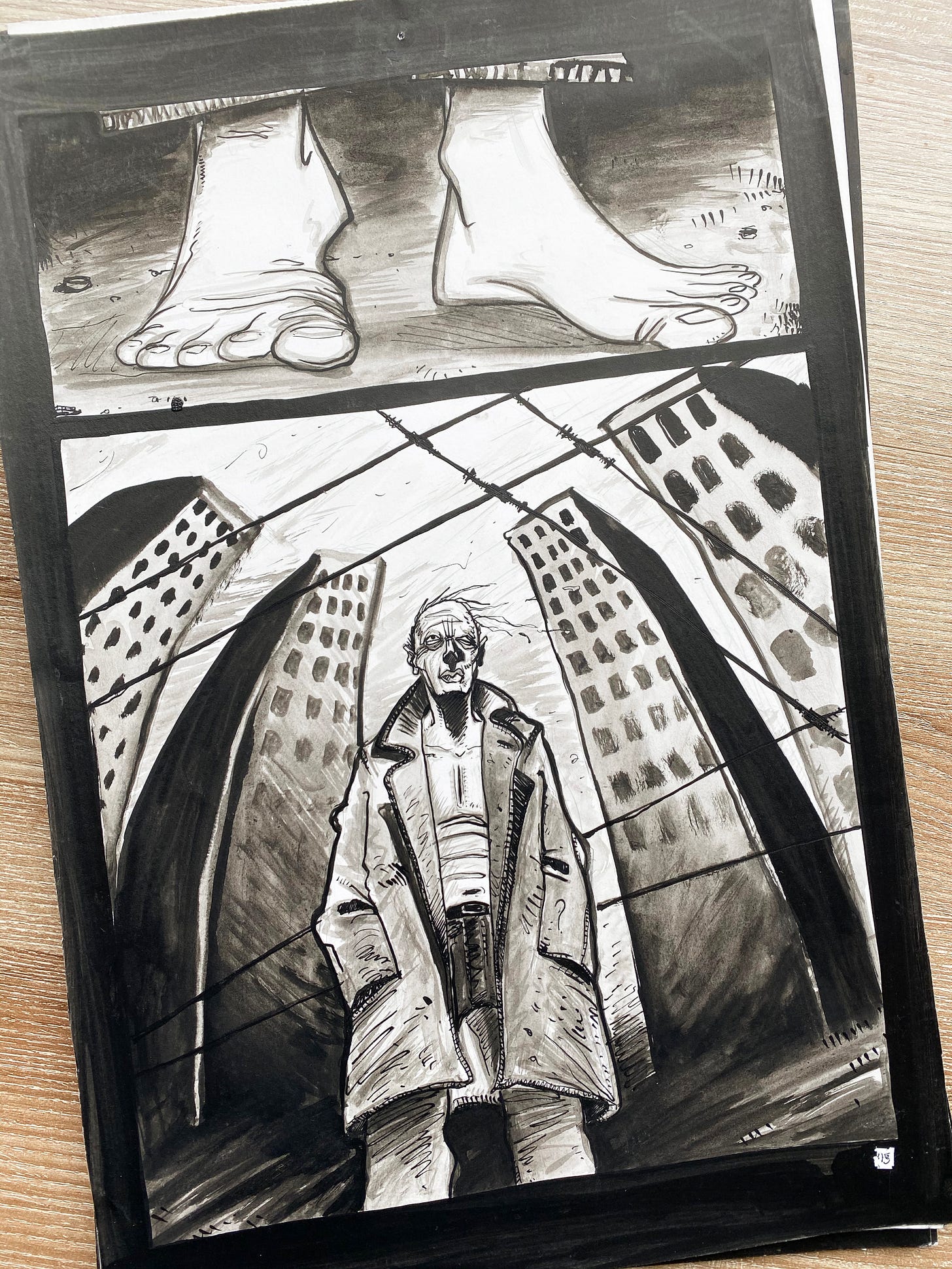


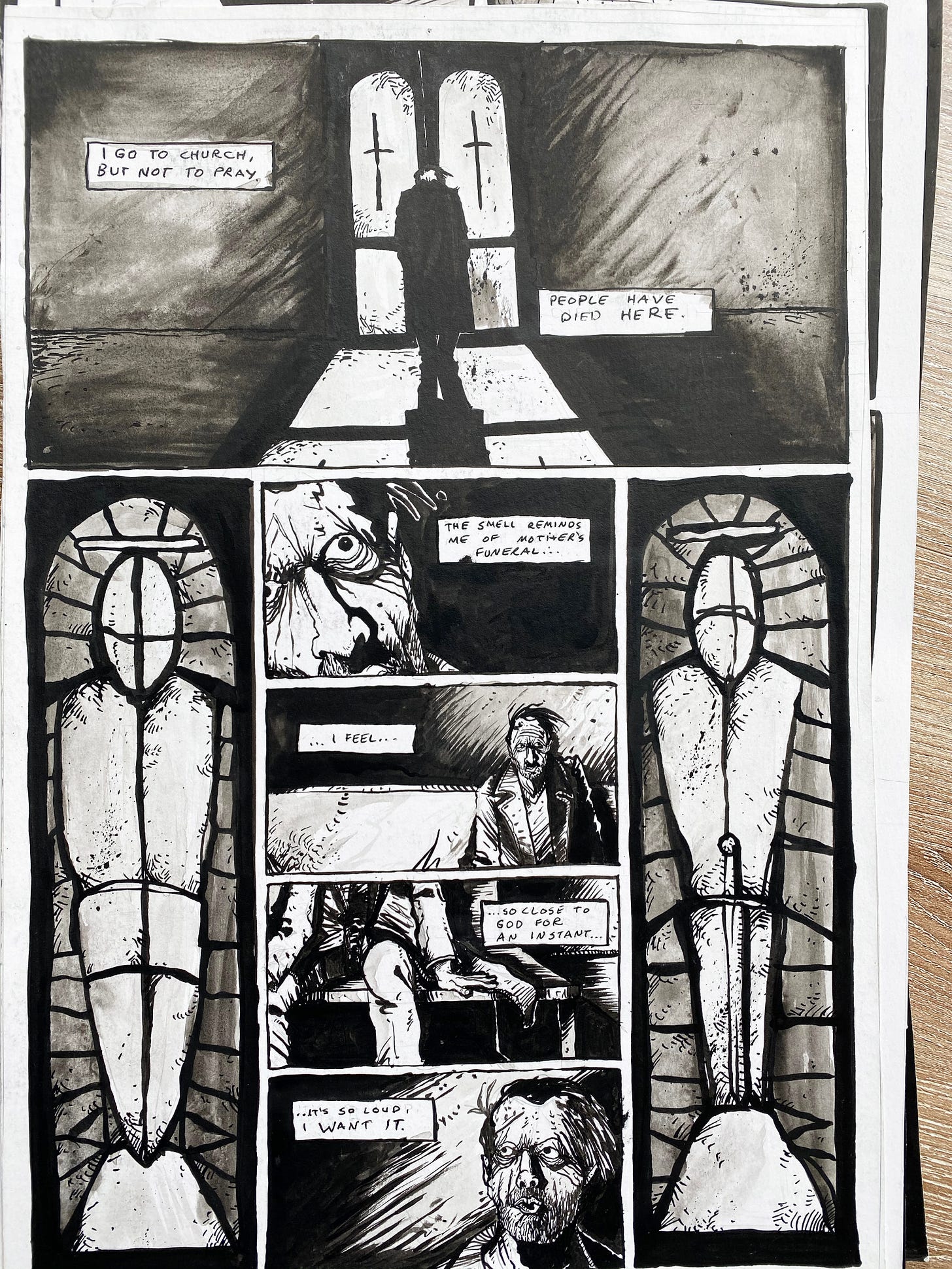
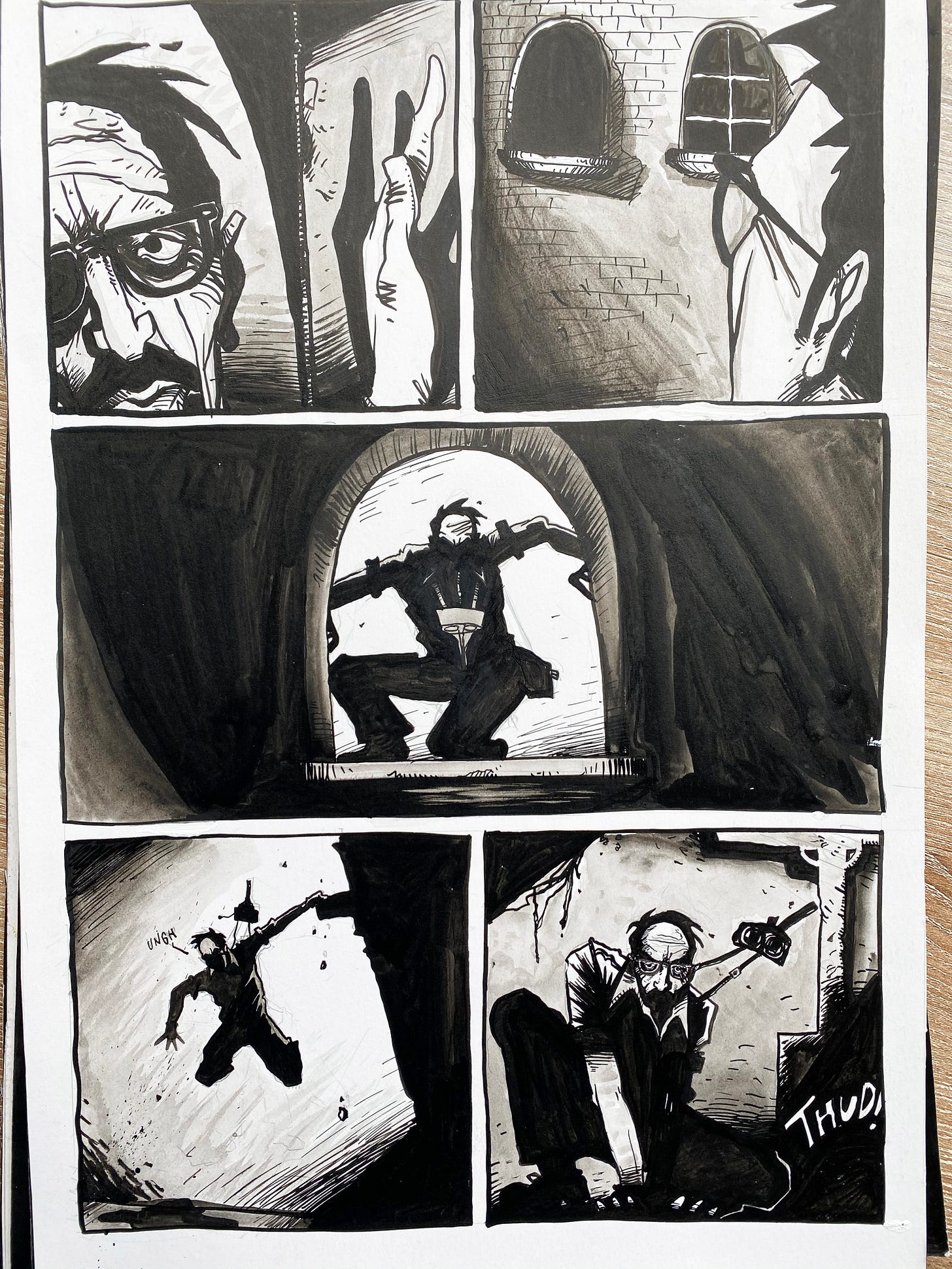










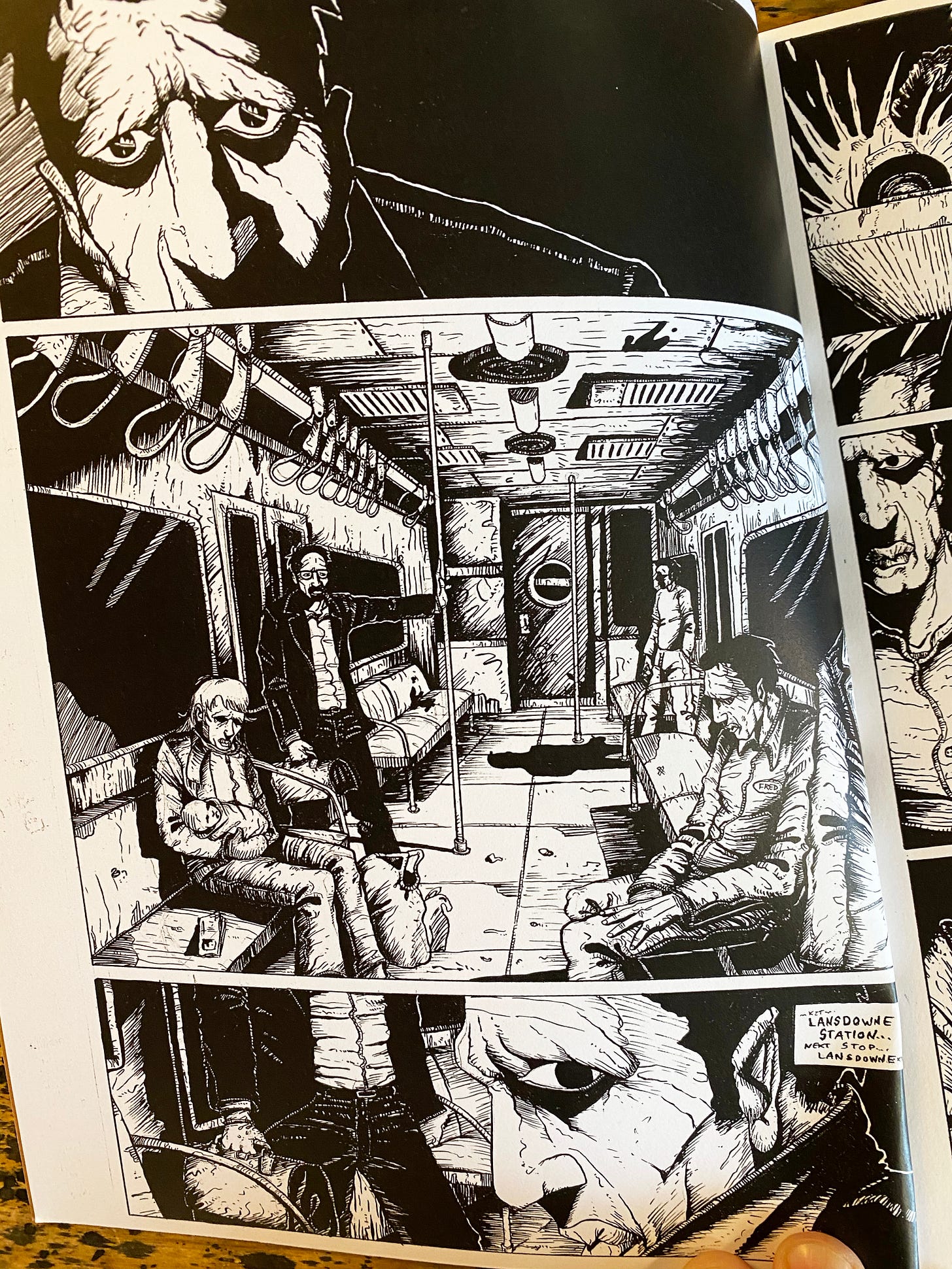
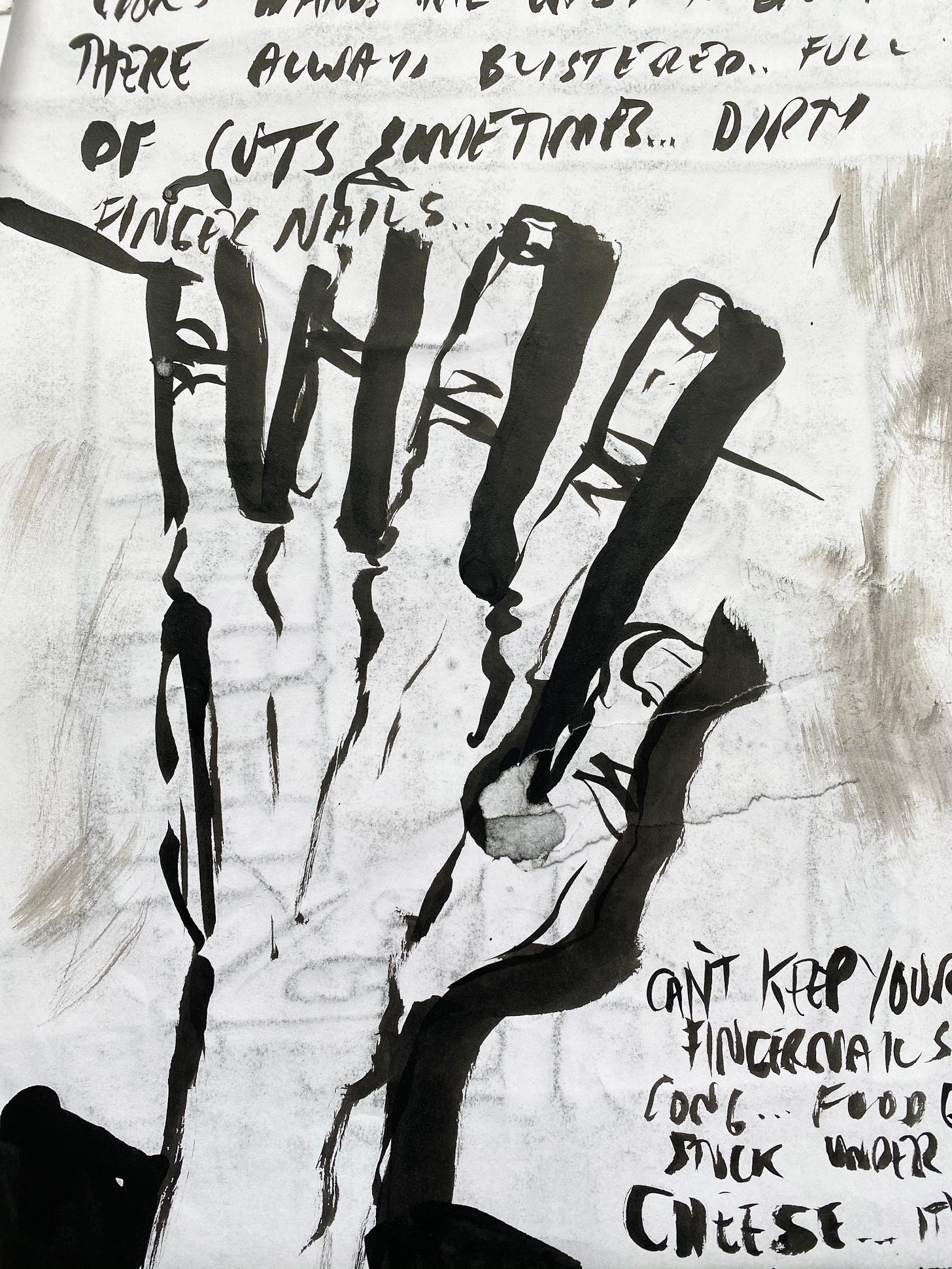
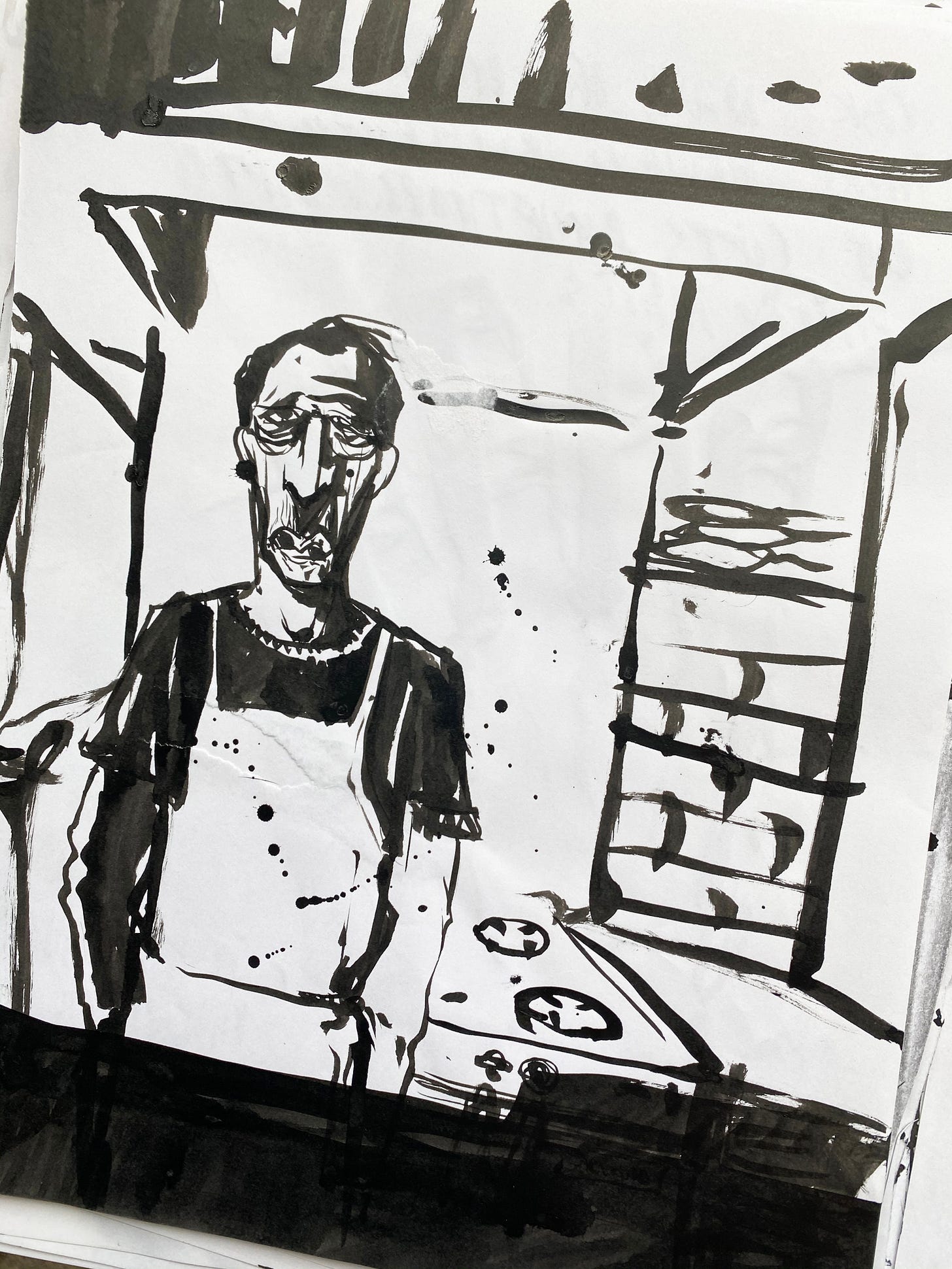
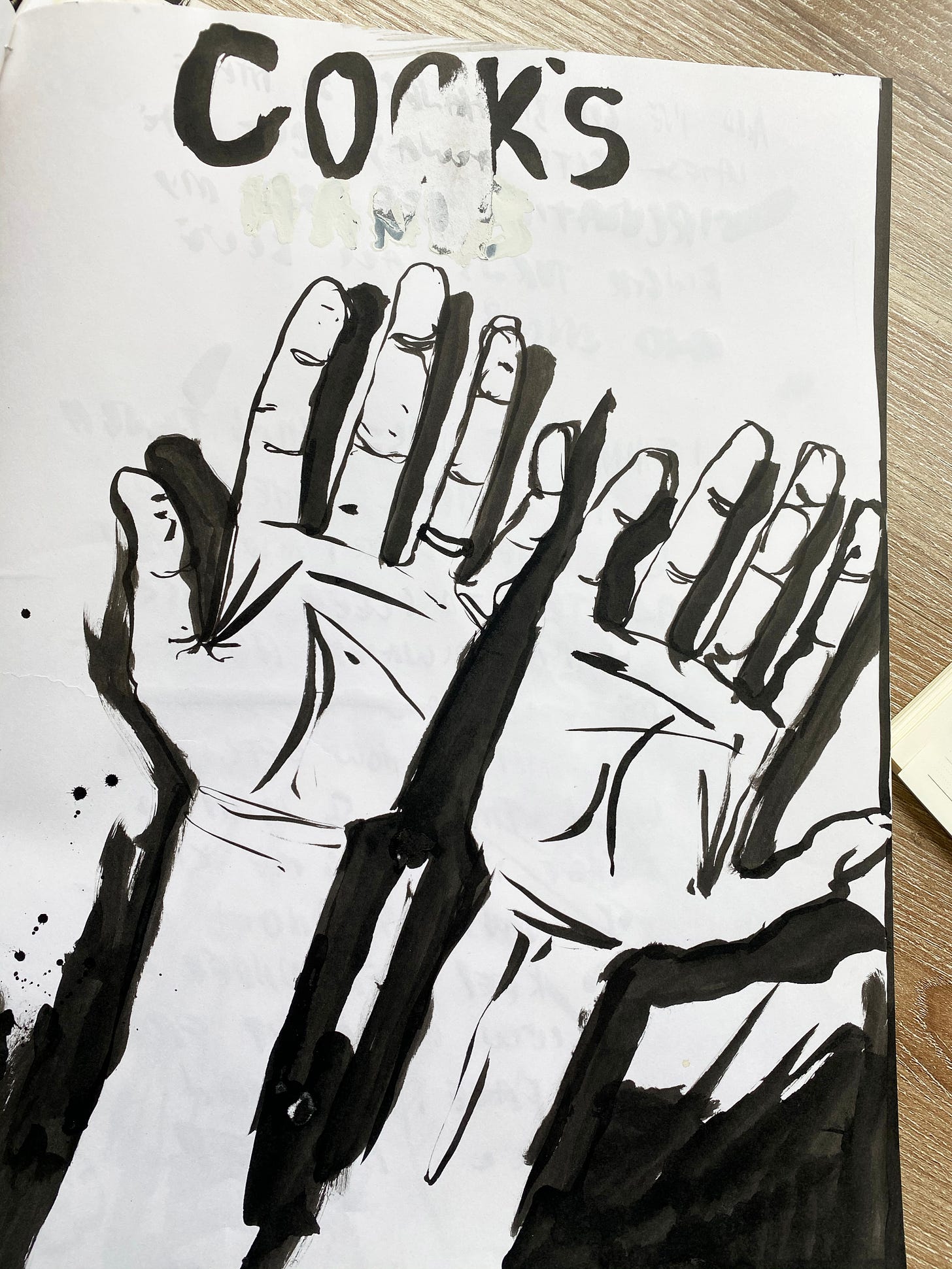
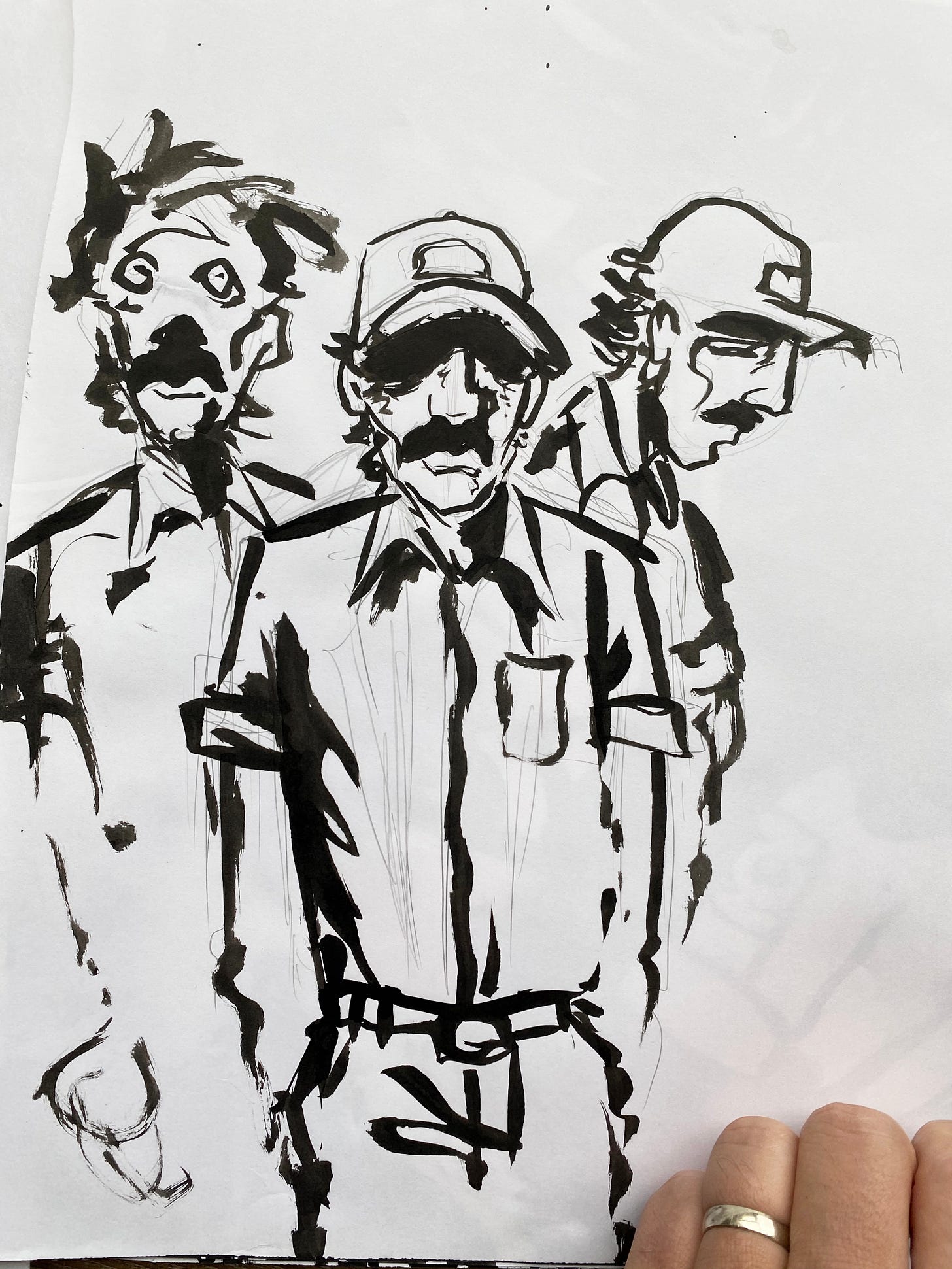

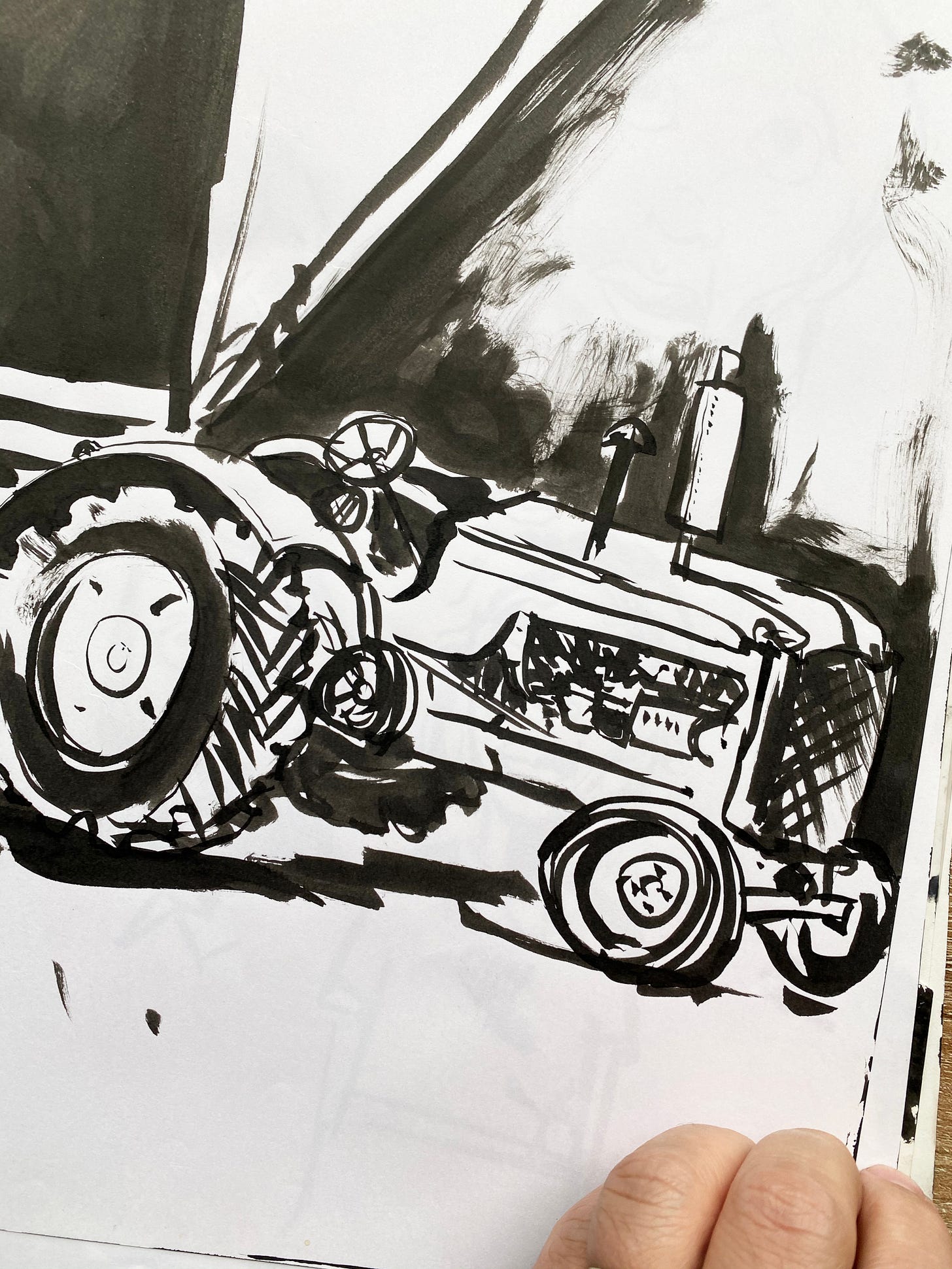
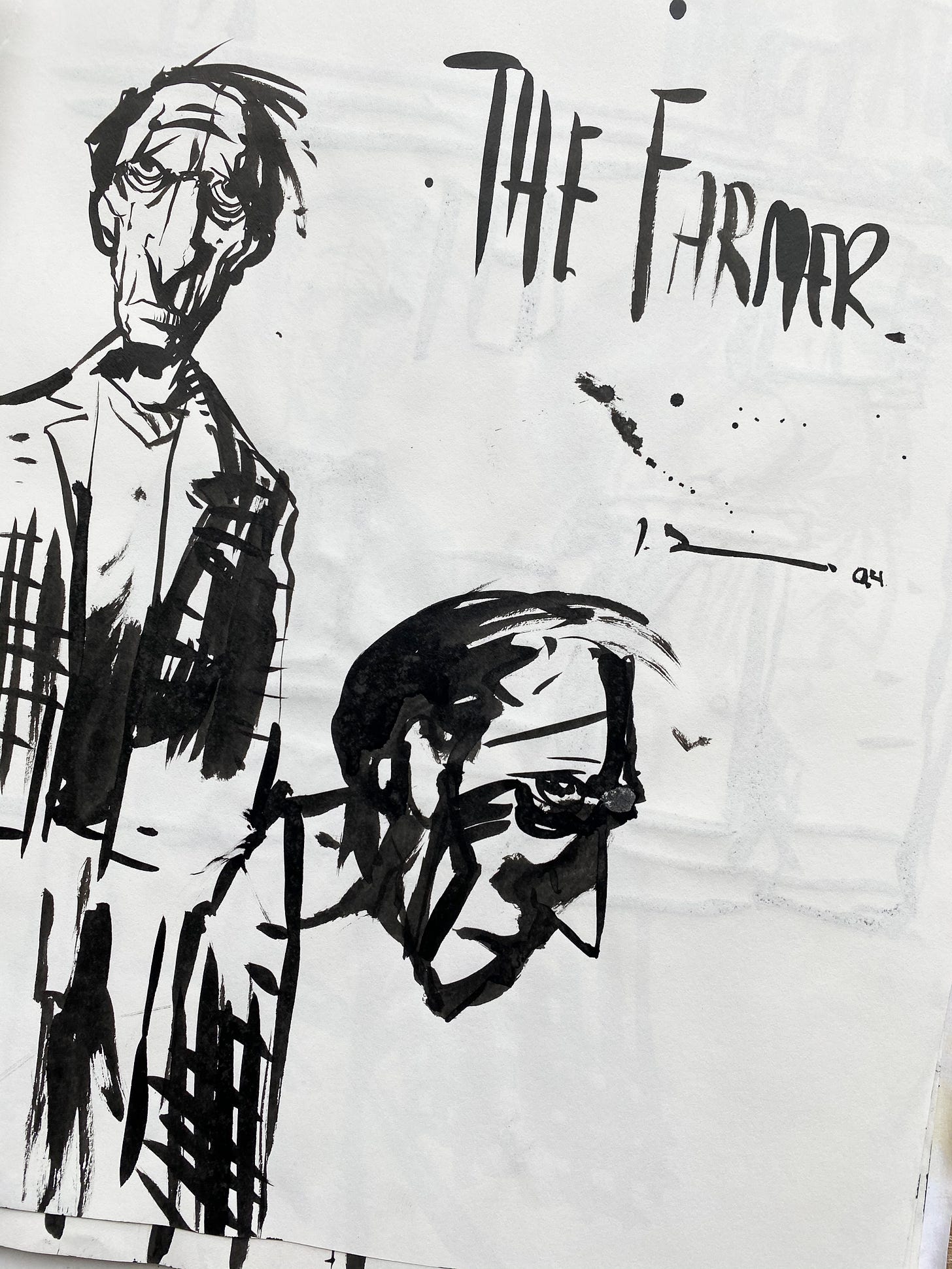



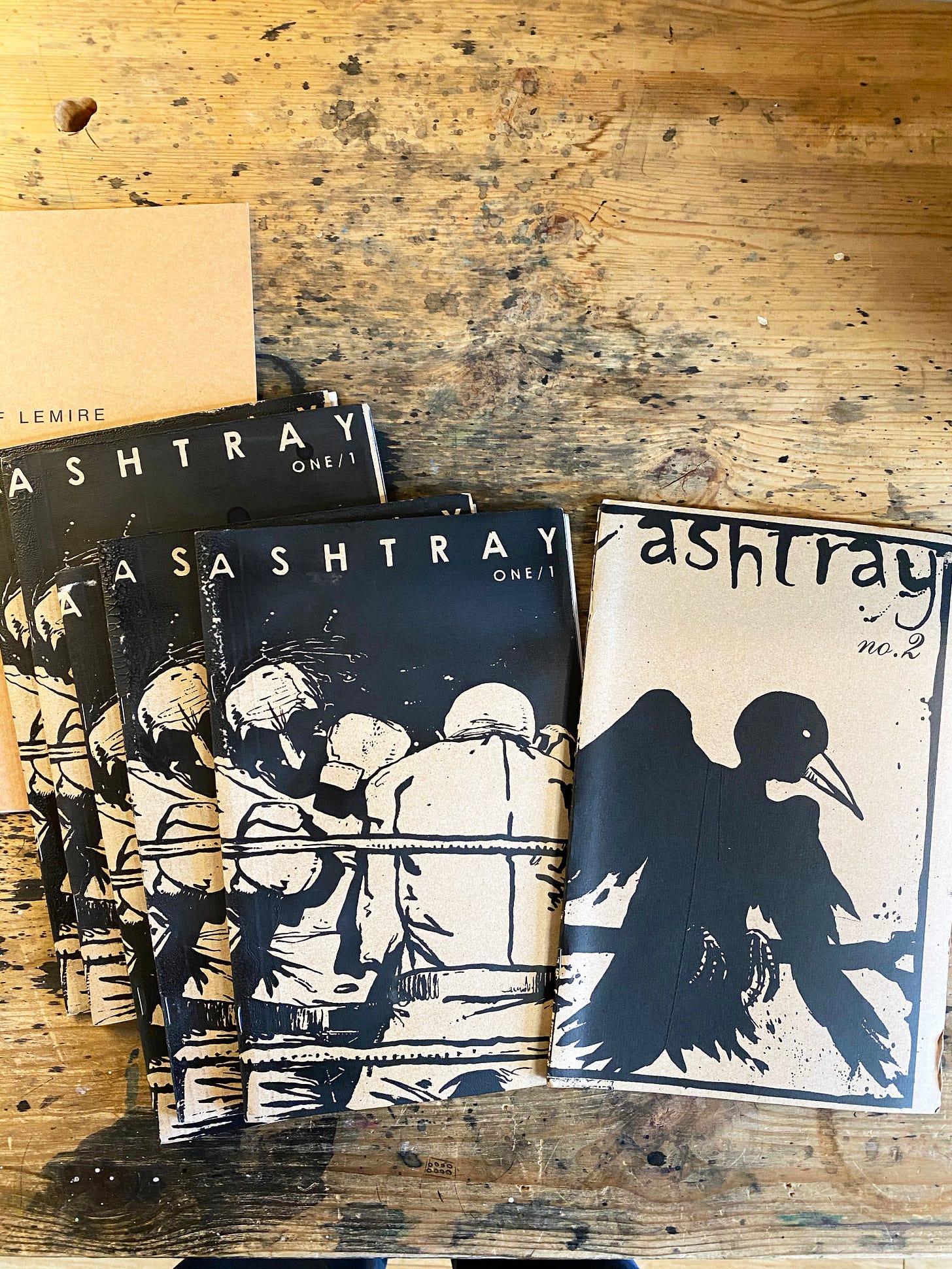

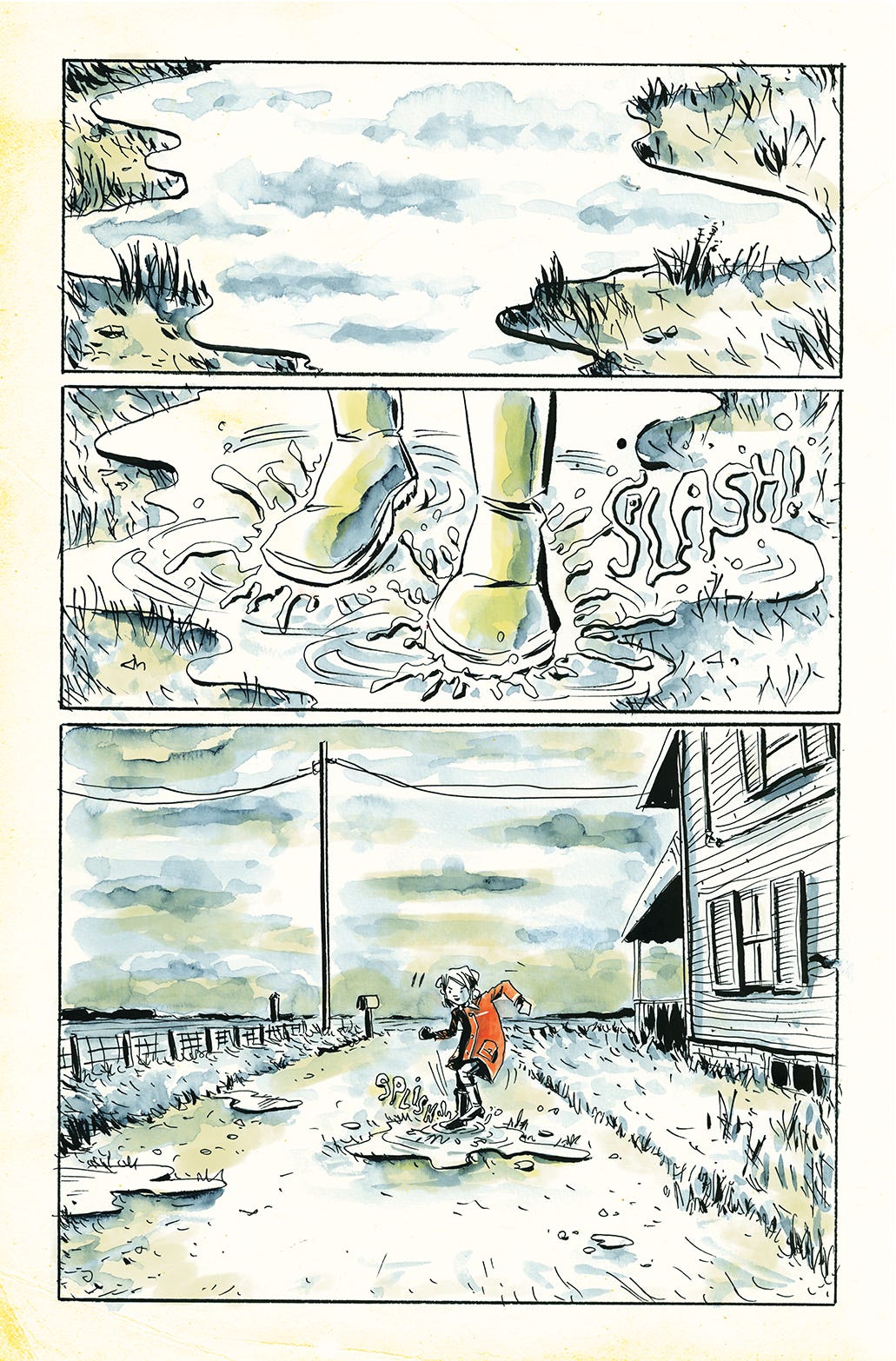

This brings back memories for me, Jeff. You may have left comics behind at the beginning of film school, but your love of comics rubbed off on me. Comic books weren't a major part of my childhood, but in the time we spent together at school I developed a love of Dave McKean, Daniel Clowes, Seth and, yes, The Beguiling. A lot of the work I did in my short time at Ryerson was heavily influenced by comic books – and by you, Jeff. Those were difficult years for me too, but also great ones thanks to you and our small group of friends. Thanks for sharing. - Alex
Another awesome post. Loving every minute of this!